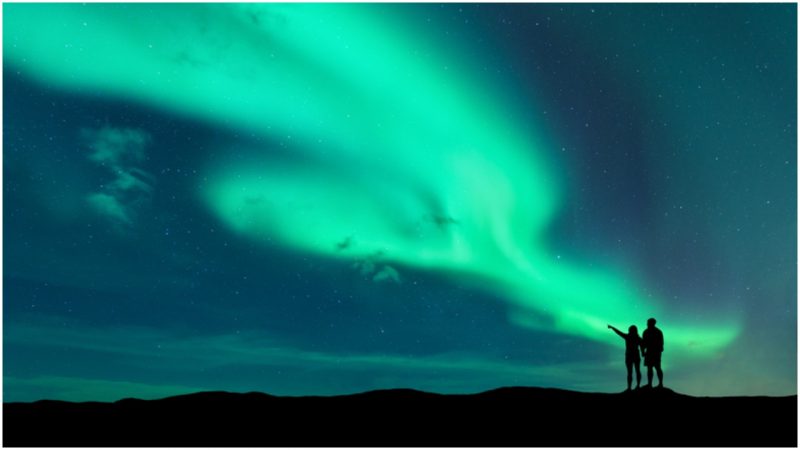Probably ever since man had the capability of higher thought, people have looked up at the night sky and wondered exactly what is up there and/or what it meant.
Somewhere in between the regularity of the stars and moon and the mysterious appearances of comets and eclipses were the aurora borealis, or “Northern Lights” (the equivalent in the Southern Hemisphere are the “aurora australis” — the Southern Lights).
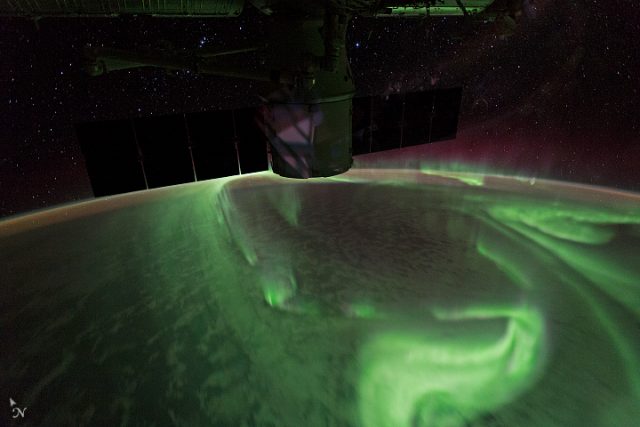
These phenomena are caused by the arrival of charged solar particles that strike atoms in the Earth’s atmosphere, causing electrons in those atoms to become “agitated,” or reach a state of higher energy.
When these electrons begin to return to a more “normal” state, they give off photons — particles of light. The differing colors seen in the aurora. Though they do appear in other parts of the globe on occasion, the magnetic poles attract more of these particles than other parts of the globe.
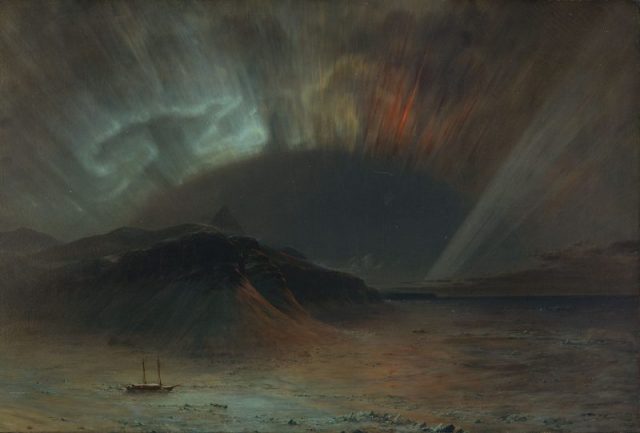
Here are some of the many things that ancient cultures believed the lights meant and what they did (and sometimes still do) when the lights appear.
Japan: To this day, many Japanese believe that a child conceived under the Northern Lights will good-looking, charming and intelligent.
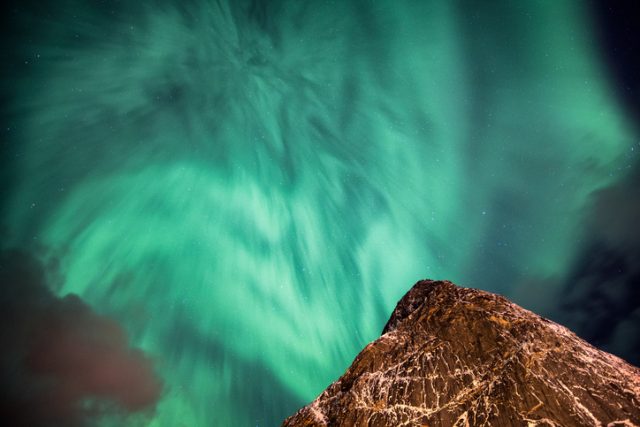
Though sometimes seen over the northern Japanese island of Hokkaido, many Japanese travel to Alaska, Canada and Scandinavia to “try their luck” under the Northern Lights.
The hit 1990s show “Northern Exposure” had an episode which featured this quite humorously.
China: Ancient Chinese believed that the aurora was the result of a monumental battle taking place in the heavens between the forces of good – embodied by a “good” dragon, and the forces of evil, embodied by a “bad” one. The lights were dragon-fire.
Australia: Aboriginal people had a very simple and quite pleasant explanation – the gods were simply happy, and they were dancing.
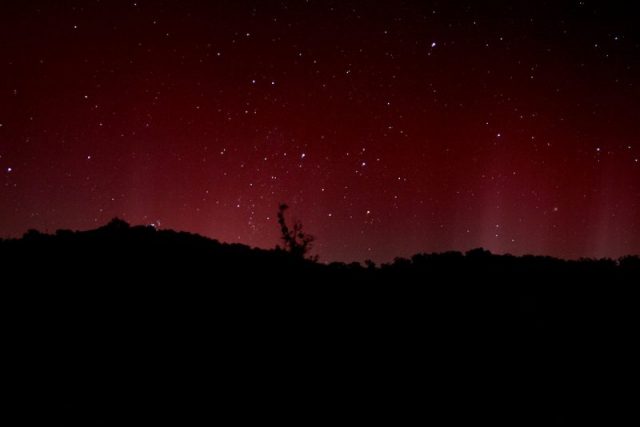
Ancient Greece and Rome: Quite rare in the Mediterranean sky, the aurora showed to the ancient Greeks and Romans that they gods were still above.
Given the Latin names by which we know them by the astronomer Galileo, “aurora” stems from the ancient Greek meaning “sunrise” and “boreas,” meaning “wind.”
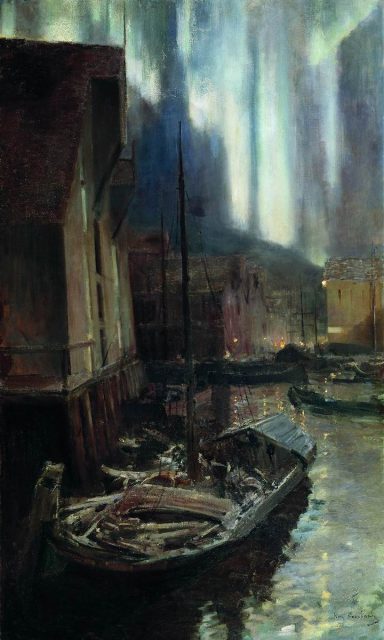
The ancient Greeks believed that Aurora, the sister of Helios (the sun) and Seline (the moon), was racing across the sky to tell her siblings to prepare for another day.
Similarly, the Romans believed that lights were associated with Aurora, their goddess of the dawn.
Even into more modern times, many European people outside of Scandinavia saw the lights as a bad omen. Both in Italy and France, the lights were seen as a portent of war and plague and in the UK, the lights were seen for some time before the outbreak of the French Revolution.
The Estonians:who see the lights more often than their European counterparts in Italy and France, believed the lights to be not a sad prediction of things to come, but the happy evidence of a divine wedding.
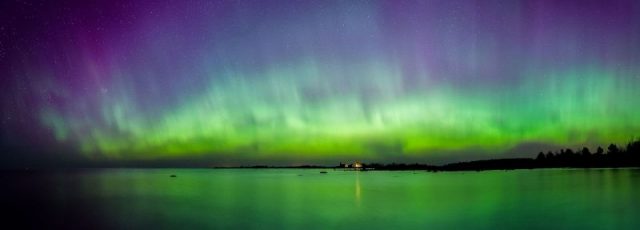
The gods were trailing across the sky in horse-drawn sleighs and carriages, on their way to a wedding and a reception.
North America: many different people occupied North America and there are a wide variety of beliefs regarding the Northern Lights. The Inuit believed the lights to be the spirits of the departed, playing a game similar to lacrosse, using a walrus skull for a ball. In what may be the result of an ancient game of “telephone,” the people on nearby Nunavik Island believed the lights were walrus spirits batting around human skulls.
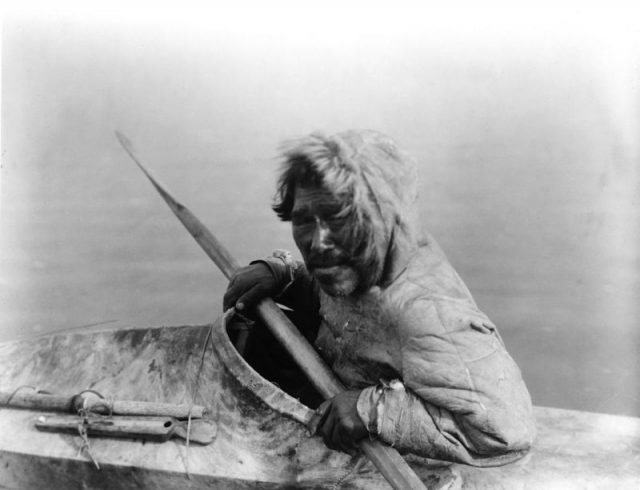
The Mandan of the Dakotas believed the lights were great divine warriors cooking over a fire. The Makah people of Washington believed them to be the lights of a fire used by a tribe of dwarves rendering whale and seal fat.
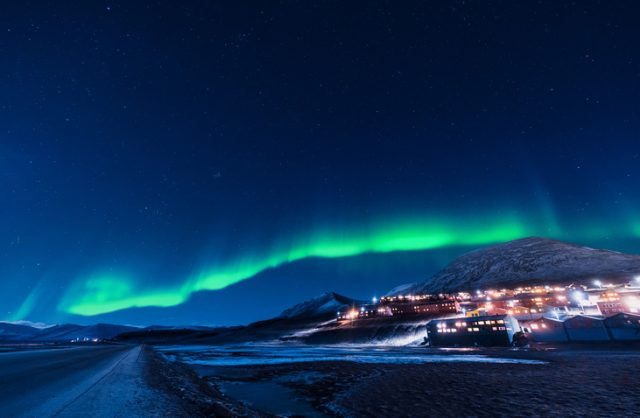
The Cree in Canada believed the lights were a sign that their deceased loved ones were trying to communicate with them, and the Algonquin thought the lights were a sign that their creator, Nanahbozho was watching over them. Other North American tribes believed them to be the souls of unborn or miscarried children, or signs of the many divine spirits – ravens, wolves, bears, etc.
Finland: the Finns believed that a divine fire-fox’s tail was dragging across the sky. The Finnish word for the lights, “revontulet,” means “fire-fox.” The Sami people that inhabit northern Scandinavia believed that the lights were not actually divine, but caused by the spumes of water sprayed by giant whales offshore.
The Norse: Many of the pre-Christian Norse believed the lights to be “Bifrost,” the rainbow bridge linking Earth (“Midgard”) with the home of the gods (“Asgard”). Others believed the lights to be reflections off of the shields of the famed Valkyries, the divine female warriors taking the slain to Odin’s hall, Valhalla.
Others in Scandinavia believed the lights to be signs of a great volcano in the north, providing warmth and light from the gods. Swedish fishermen believed that the lights were reflections of large shoals of fish, and for Swedish farmers they were the sign of a good harvest to come.
